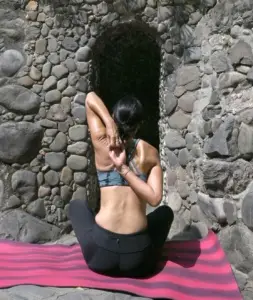
Private mindfulness sessions provide personalized instruction tailored to individual needs and goals. Whether you’re a beginner seeking foundational skills or an experienced practitioner aiming to deepen your practice, private sessions offer focused attention, customized sequences, and specialized guidance. This personalized approach allows for a more intimate exploration of mindfulness’s physical, mental, and spiritual dimensions, fostering personal growth and well-being.
Benefits of Mindful-Based Private Sessions:
Considerations before Starting:
Mindful Poses and Practices in Private Sessions:
Summary with Tips:
Private mindfulness sessions offer a unique opportunity to deepen your practice, address specific goals, and receive personalized guidance from a qualified instructor. Whether you’re seeking therapeutic benefits, physical conditioning, or spiritual growth, private sessions provide a supportive environment for personal transformation and holistic well-being.

GoInwards is an IRS 501(c)(3) Non-Governmental Organization (NGO), chartered to advance wellness through integrative health related awareness, prevention, intervention, and resilience-based educational programs.
FEIN 90-0609802